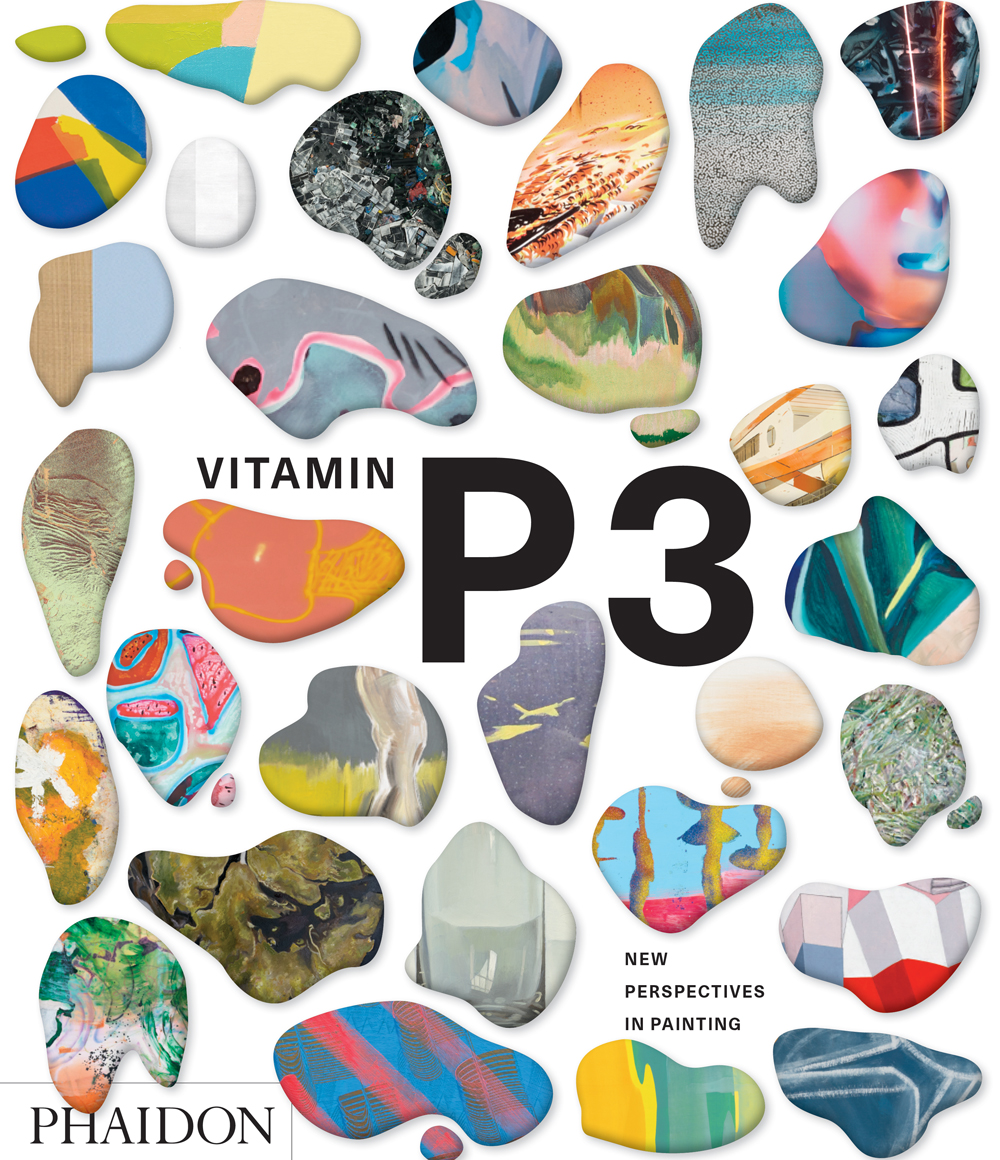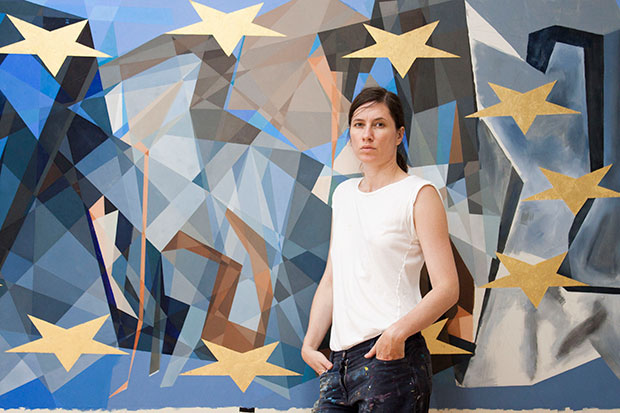
Anna Ostoya - Why I Paint
Exploring the creative processes of tomorrow's artists today - as featured in Vitamin P3
Polish-born New Yorker Anna Ostoya draws upon the histories and strategies of 20th Century avant-garde movements from Constructivism to Dada, Futurism to Abstract Expressionism, in a bid to activate and revisit works and ideas from the past and imbue them with new meaning. Her varied output – incorporating painting, photography, collage, sculpture and text – tackles social and political challenges such as censorship, the violence of war and the undervalued role of women in major art movements.
Ostoya often uses found images as her source and imposes restrictions on her process – time, materials, formats – as she explores a tension between spontaneity and control. In her 2009-2011 body of work Autopis, Ostoya paired similar-looking images of greater - and lesser-known artists, artworks and political upheavals to question hierarchies and dominant narratives. In a striking feat of productivity in February 2011, Ostoya began a new collage each day of the month as a response to the day’s political events.
The resulting 28 canvasses move between representation and abstraction, employing acrylics, newspaper clippings, papier-mâché and gold leaf. This series, Exposures [2011], which arose from both meticulous planning and improvisation, opened at Bortolami Gallery on March 1. In her 2014 series Transpositions, Ostoya set into motion a motif – a square that travels through ten canvases, each time inspiring a new composition, with the artist recycling leftover materials from earlier works and reclaiming distinct art-historical traditions. In her most recent collages and paintings Ostoya has used found images of utopian dreams that too often have turned into nightmares. Here, the Vitamin P3-featured painter tells us what interests, inspires and spurs her on.
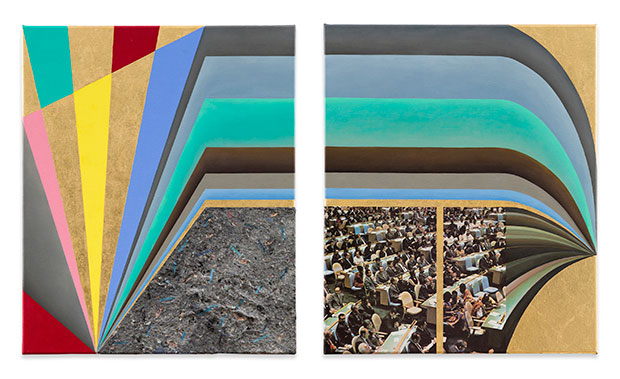
Who are you? I am an artist who believes in questioning the status quo. That’s the political dimension of art I’m interested in. I believe in facing difficulties. I believe in taking a position. I believe in feminism as a struggle for equality among sexes, races and classes. I believe in making decisions and in taking action since indecision and lack of action lead to cynicism, depression and tyranny. I believe in sincerity. I believe in courage. I believe in love - a love that enlightens, not blinds.
What’s on your mind right now? My new show at Silberkuppe in Berlin. It’s called “Alte Sachlichkeit.” Lately, I’ve been thinking about the “Neue Sachlichkeit” artists of the 1920s and of their era of turbulence and anxiety. I see parallels between then and now. In my new collages and paintings, I use images from a discarded book on World War II that I found in the lobby of my building and some contemporary images of protests found on the Internet. I’m trying to reflect on the present by referring to the past.
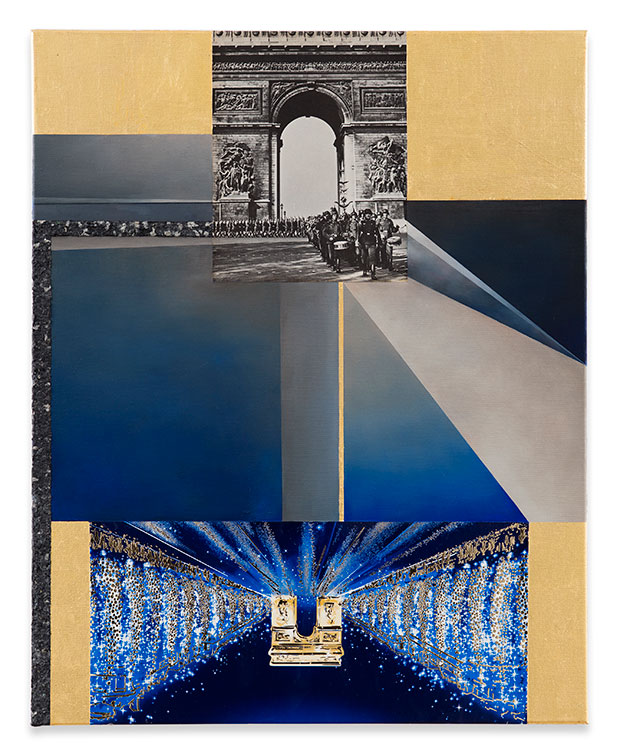
How do you get this stuff out? It comes out on its own – much of what I encounter every day gives me an idea for a work. I have to make decisions on what to let out. Usually I just wait for an idea to come back again and again to use it.
How does it fit together? I like putting things together that apparently don’t fit. That’s the way I get closer to the truth. An art historian friend called my work “The collision of changing oppositions.”
What brought you to this point? I guess curiosity, sometimes anger. Seth Siegelaub said that in life it’s essential to stick with what really interests you, what moves you. I think it’s essential to do that, no matter the risk.
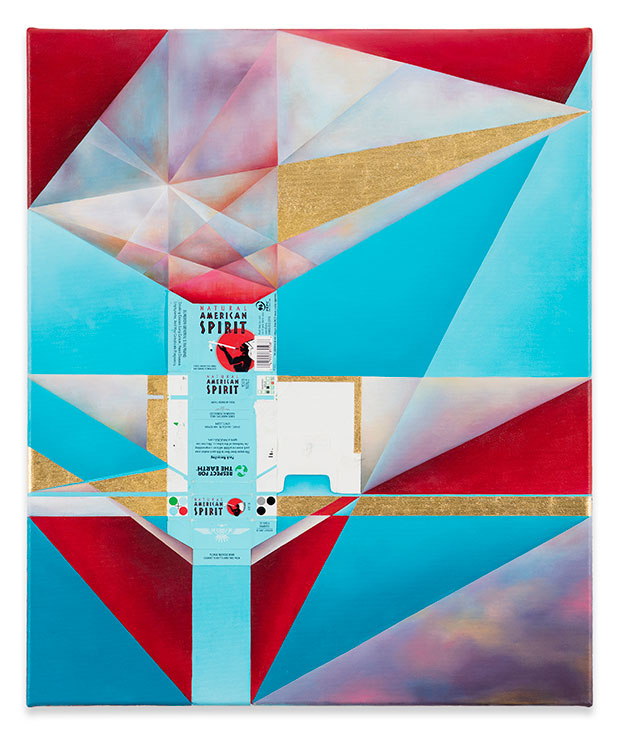
Can you control it? I’m trying to play with control and spontaneity. Some works are driven more by spontaneity, others more by control. I often set rules for a specific series that are part of the concept of the series. Sometimes, breaking these rules is part of the concept.
Have you ever destroyed one of your paintings? Not yet. My writer friend Ben Lerner would love me to destroy a work for a book project we are planning on. He likes the idea of a painting to exist only as a reproduction. But I think I can’t do it. Rather than destroying something, I believe in continuing to work on it. If anything, a painting gets “destroyed” for me when it leaves my studio and I can no longer work on it.
What’s next for you, and what’s next for painting? Finding more powerful ways of how to represent and to face reality, even the most terrifying one. Jumping over what’s already known into the unknown of a hopefully better world. Getting closer to things as they are not as they appear. Taking more risks to show what moves me.
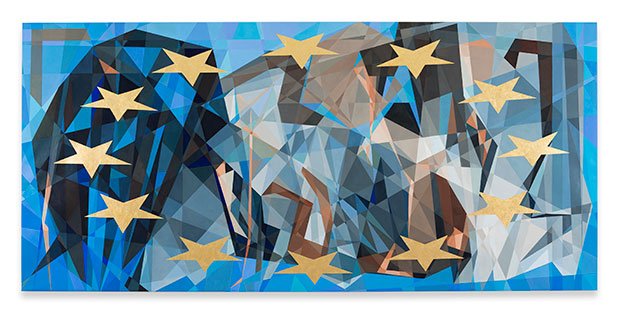
Vitamin P3 New Perspectives In Painting is the third in an ongoing series that began with Vitamin P in 2002 and Vitamin P2 in 2011. For each book, distinguished critics, curators, museum directors and other contemporary art experts are invited to nominate artists who have made significant and innovative contributions to painting. The series in general, and Vitamin P3 in particular, is probably the best way to become an instant expert on tomorrrow's painting stars today.
Find out more about Vitamin P3 New Perspectives In Painting here. Check back for another Why I Paint interview with a Vitamin P3-featured artist tomorrow. And don't forget, if you're quick, you can snap up works by many of the painters featured in Vitamin P3 at Artspace - the best place to buy the world's best contemporary art.
